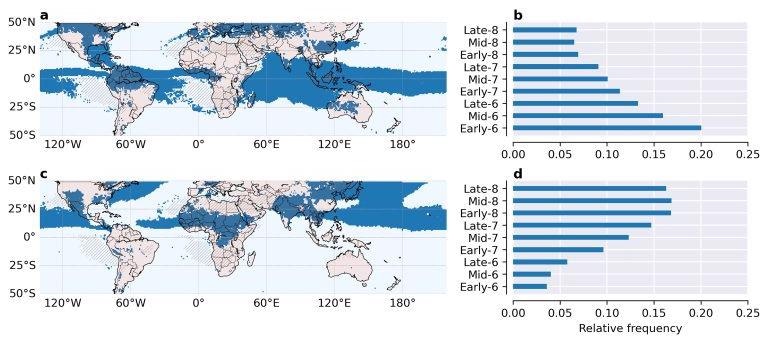Reviewed by Alex SmithApr 27 2022
As per the Sixth Assessment Report of the Intergovernmental Panel on Climate Change released in February 2022, precipitation extremes are likely to become more frequent in most locations.
 The global synchronization structure of extreme rainfall events during the summer season of the Northern Hemisphere. Image Credit: Z. Su et al.
The global synchronization structure of extreme rainfall events during the summer season of the Northern Hemisphere. Image Credit: Z. Su et al.
Thus, examining extreme rainfall patterns — occurrences of natural threats like landslides or floods — on a global scale is of great societal significance.
In Chaos, from AIP Publishing, scientists in Germany suggest making use of a complicated network-based clustering workflow to look for synchronized structures of extreme rainfall events inside the context of atmospheric chaos.
By executing this, the researchers were able to rebuild a functional climate network to encode the basic interaction of the climate system. Clusters on the network revealed regions of climatological behaviors that are similar.
For instance, monsoons explain atmospheric circulation seasonal changes, and while they are divided on various continents, their occurrences are generally joined by precipitation extremes.
Although global-scale atmospheric circulation within the tropics and subtropics forms connections between different monsoons, they are essentially driven, synchronized, and coordinated by the annual cycle of solar radiation. Synchronization can also occur between extreme rainfalls, even when they are not occurring within monsoon regions.
Zhen Su, Potsdam Institute for Climate Impact Research
Zhen Su is also associated with Humboldt Universität zu Berlin.
This implies that extreme rainfalls within various locations are not separate from each other but possess a few degrees of similarity.
In this regard, it still remains unclear what the global-scale synchronization pattern of extreme rainfall will look like, for example, during the summer season of the Northern Hemisphere. We aim to find the answer from observational precipitation data.
Zhen Su, Potsdam Institute for Climate Impact Research
The global synchronization of extreme rainfall consists of two primary distributions with separate spatial and temporal characteristics.
One occurs mainly from early June to mid-July. The other happens primarily from mid-July to late August.
Zhen Su, Potsdam Institute for Climate Impact Research
Among these periods, a monsoon “jump” takes place — a northward movement of the rain belt of monsoons with time. Inside this monsoon jump, the spatial distribution of synchronization also experiences a northward shift. The scientists observed that both the spatial distributions cover monsoon regions and also areas that are oceanic and inland.
Su stated, “The synchronization structure of extreme rainfall tells us how the climate system is interconnected on a global scale. It also provides insights for improving corresponding interaction processes in general circulation models, which are mostly used for estimating the state of our future climate.”
Journal Reference:
Su, Z., et al. (2022) The climatic interdependence of extreme-rainfall events around the globe. Chaos. doi.org/10.1063/5.0077106.